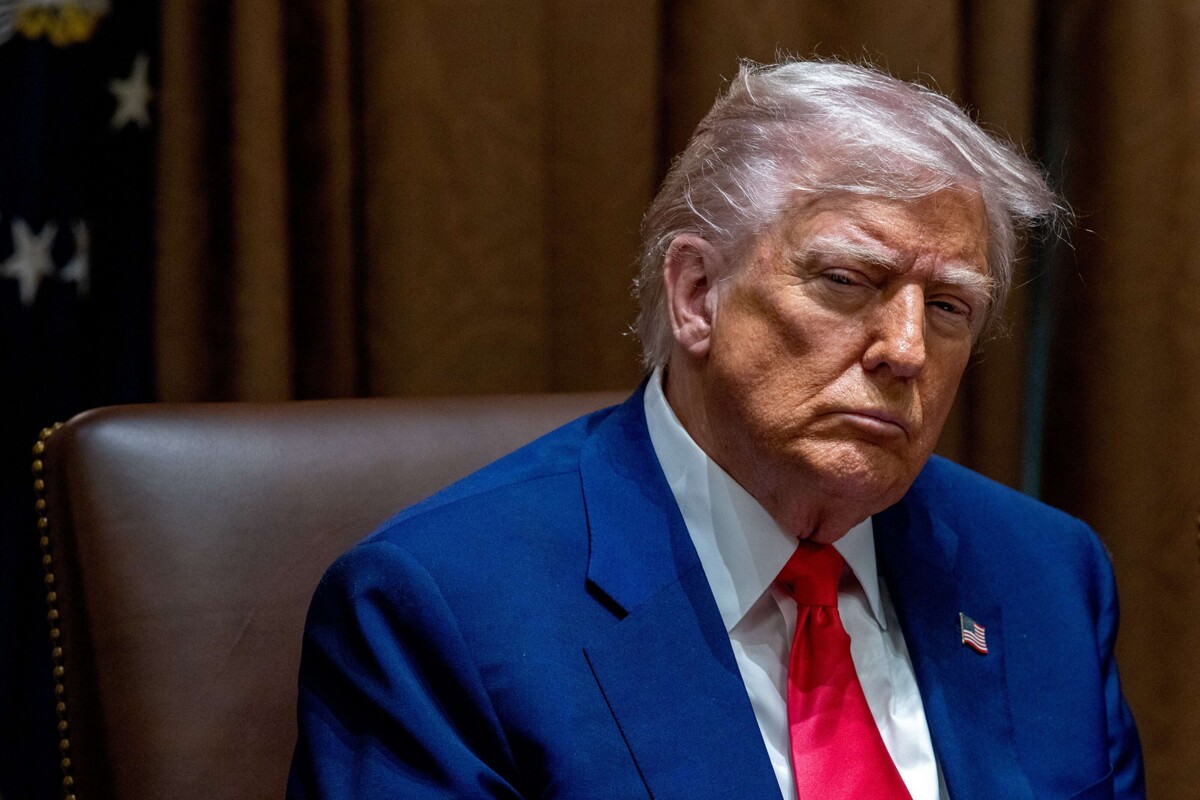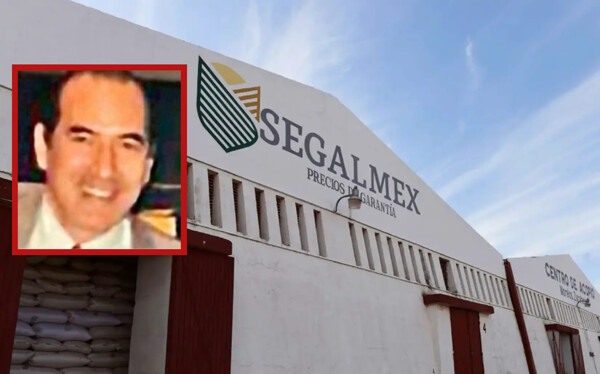
The political and economic power of a country is intrinsically related to its industry. This is the premise highlighted in the current discussion around the trade policy led by Donald Trump in the United States. The U.S. president seeks to re-industrialize his country and correct perceived economic imbalances, especially concerning nations like Mexico.
According to Trump, the strength of the dollar has harmed the competitiveness of domestic industry. In his strategy, the president is not willing to give up the ability to borrow in his currency, but he does aim to achieve significant economic benefits. He accuses other nations of taking advantage of American workers by accumulating dollars as reserves rather than converting them to their own currencies.
In response to this situation, exports from other countries become cheaper while those from the United States become more expensive, which Trump considers unfair and detrimental to his country. Amid this scenario, Mexico faces the challenge of finding a balance in this economic game, maintaining its sovereignty and boosting its internal demand.
The economic policies implemented by various international actors, such as the recent interest rate cut by Banxico in Mexico, reflect efforts to adapt to this new global dynamic. Meanwhile, countries like Japan resist pressure to lower their interest rates and sell treasury bonds, in a context marked by competition and emerging alliances, such as the BRICS group.
The discrepancy in economic and trade strategies at the global level presents challenges and opportunities for both established powers and developing countries. The dilemma between maintaining a strong industrial focus or becoming a strategic partner resonates in the decisions that nations must make in an increasingly interconnected and competitive economic environment.














